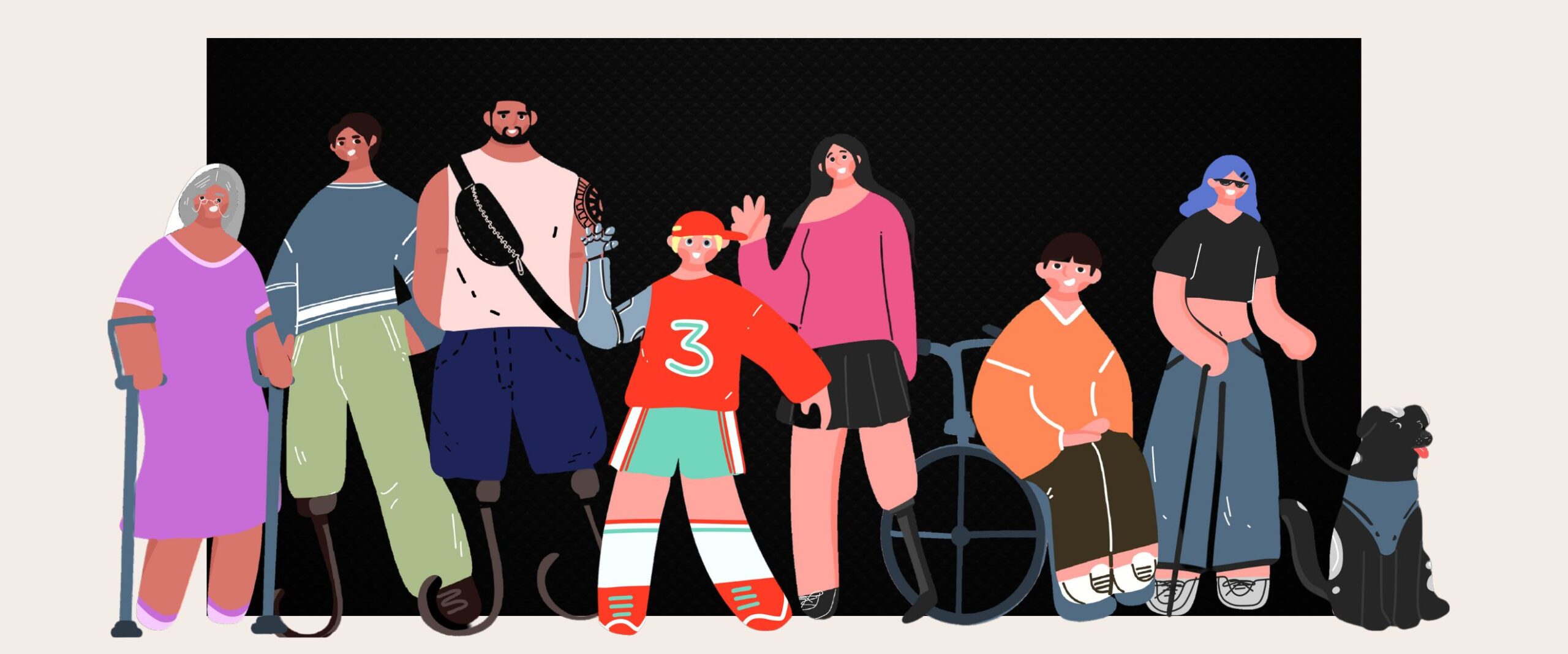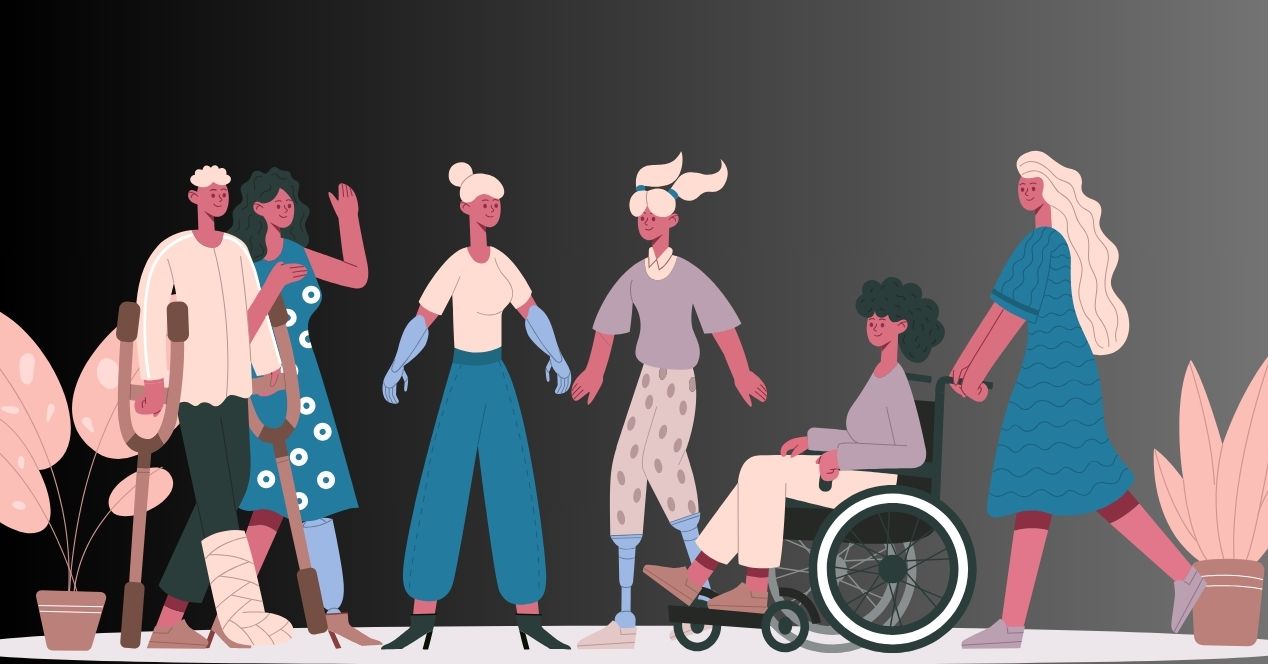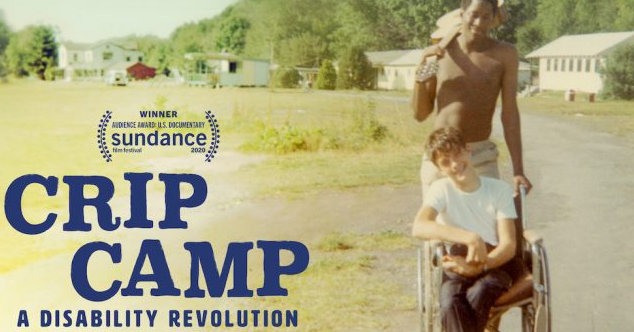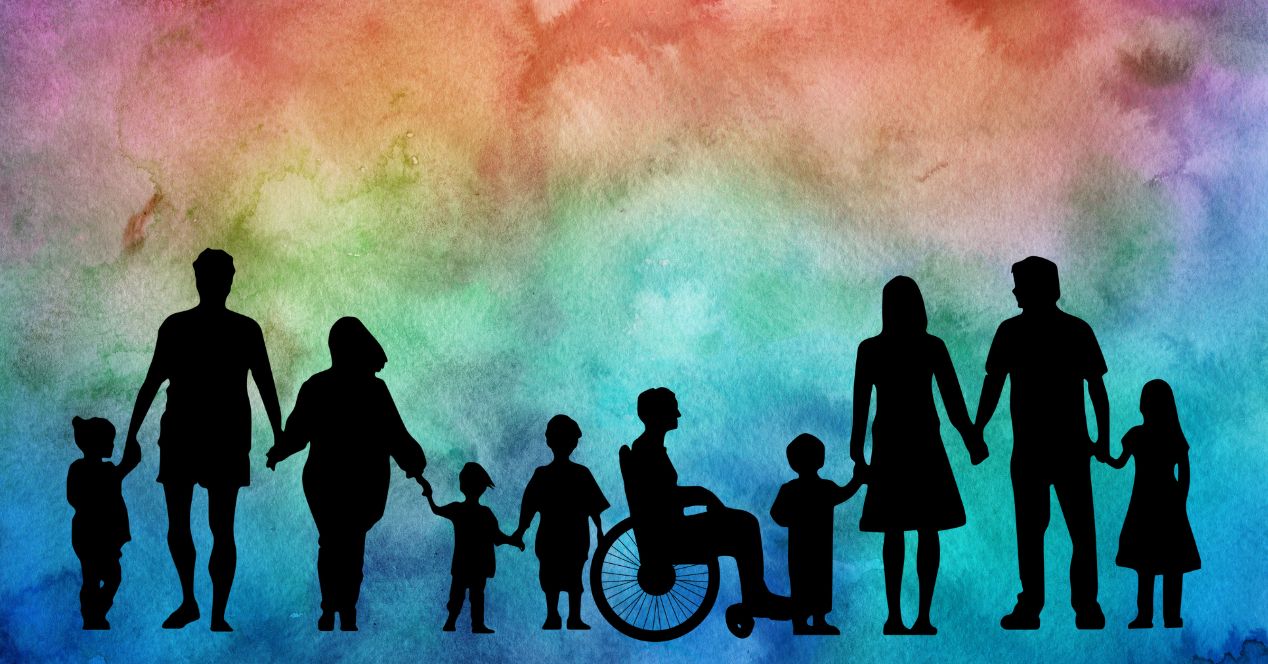Analysis
On disability rights, we need to look beyond the Supreme Court
While the top Court has commendably steered disability advocacy, stronger localised adjudication is fundamental

Last week, CJI Chandrachud inaugurated a branch of Mitti Café, staffed entirely by persons with disabilities, on the premises of the Supreme Court. Last month, for the first time, the Court designated a sign language interpreter to facilitate a hearing-impaired lawyer. Recently, the Court also launched an Accessibility Report, which recommends various modifications to make its premises more accessible.
I see these developments as more than symbolic. At 2.68 crores, India has one of the largest disabled populations in the world, and yet the representation of disabled persons at the Bar is dismal. In this context, initiatives like the Accessibility Report or the interpreter facility herald the hope of a more representative courtroom. Similarly, according to a 2021 report, just about 34 lakh of India’s 1.3 crore ‘employable’ disabled persons actually hold jobs. That’s the number a venture like Mitti Café is aiming to make a small dent in.
However, it seems like the law itself is light years away from acknowledging the lived experience of disabled persons. In the course of reporting a story on disability rights litigation, I heard snippets that were reflective of the gap between the legal system and the community. For instance, a disabled woman who faced employment discrimination in Bengaluru found that there was no State Disability Commissioner in the city.
And then there are the sobering truths the Supreme Court is discovering in the ongoing case of Seema Girija Lal v Union of India. Seven years after the enactment of the Rights of Persons with Disabilities Act, 13 governments did not have state disability commissioners, 16 had not appointed special public prosecutors, and four did not have any special courts.
It’s not new for the Supreme Court to be taking the lead in steering the conversation on disability. In 1993, the Court recognised equal employment rights in National Federation for Blind. Since the enactment of the 2016 legislation, there have been watershed decisions in Jeeja Ghosh (2016) (people with disabilities must be provided with positive rights), Akanksha Singh (2021) (a woman with bipolar disorder may be appointed as a judge), and Vikas Kumar (2021) (judicially legitimised the concept of ‘reasonable accommodation’ for the first time).
But as Dr Sanjay Jain, a visually impaired academic observed in 2022, it is concerning that the constitutional courts and the Union Government remain the focal point of disability rights enforcement. This top-down approach, Jain observed, was the opposite of the United States, where states actively legislate on disability.
Provincial courts in the US are known to easily grant injunctive relief and damages. In India, on the other hand, even the Chief Commissioner for Persons with Disabilities is reluctant to impose punitive damages on a non-complying party. This evidences a broader failure of localised adjudication. Yes, the Supreme Court has been issuing directions, but to monitor enforcement—as we are seeing in the course of Girija—has been impossibly difficult.
Yet, activists are holding onto the hope that the Supreme Court could move the needle in Girija. If it’s able to put in place a culture of localised adjudication, that might result in stronger advocacy. The messaging from the Court in the recent past—evidenced by Mitti Café and the Accessibility Report—has been encouraging. But broadly, we must reorient our imaginations about its role in disability advocacy. In turn, the Court’s word (and deed) should go out loud and clear: let’s make local and specialised institutions so robust that you don’t need to come to us. Only then might the most vulnerable be truly protected.
This article was first featured on SCO’s Weekly newsletter. Sign up now!



